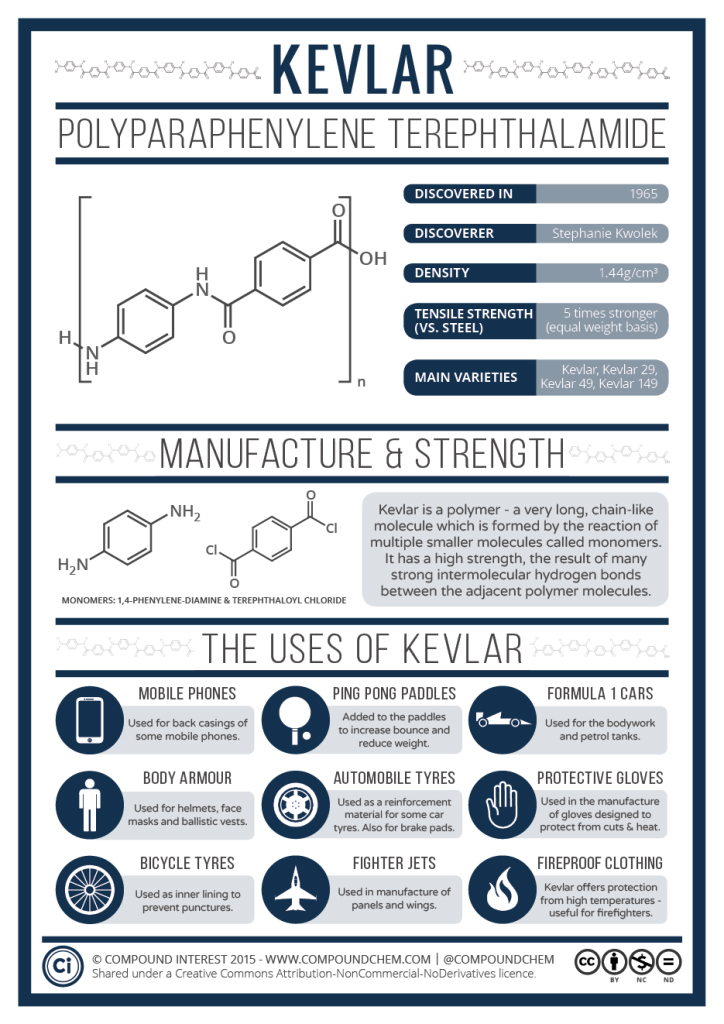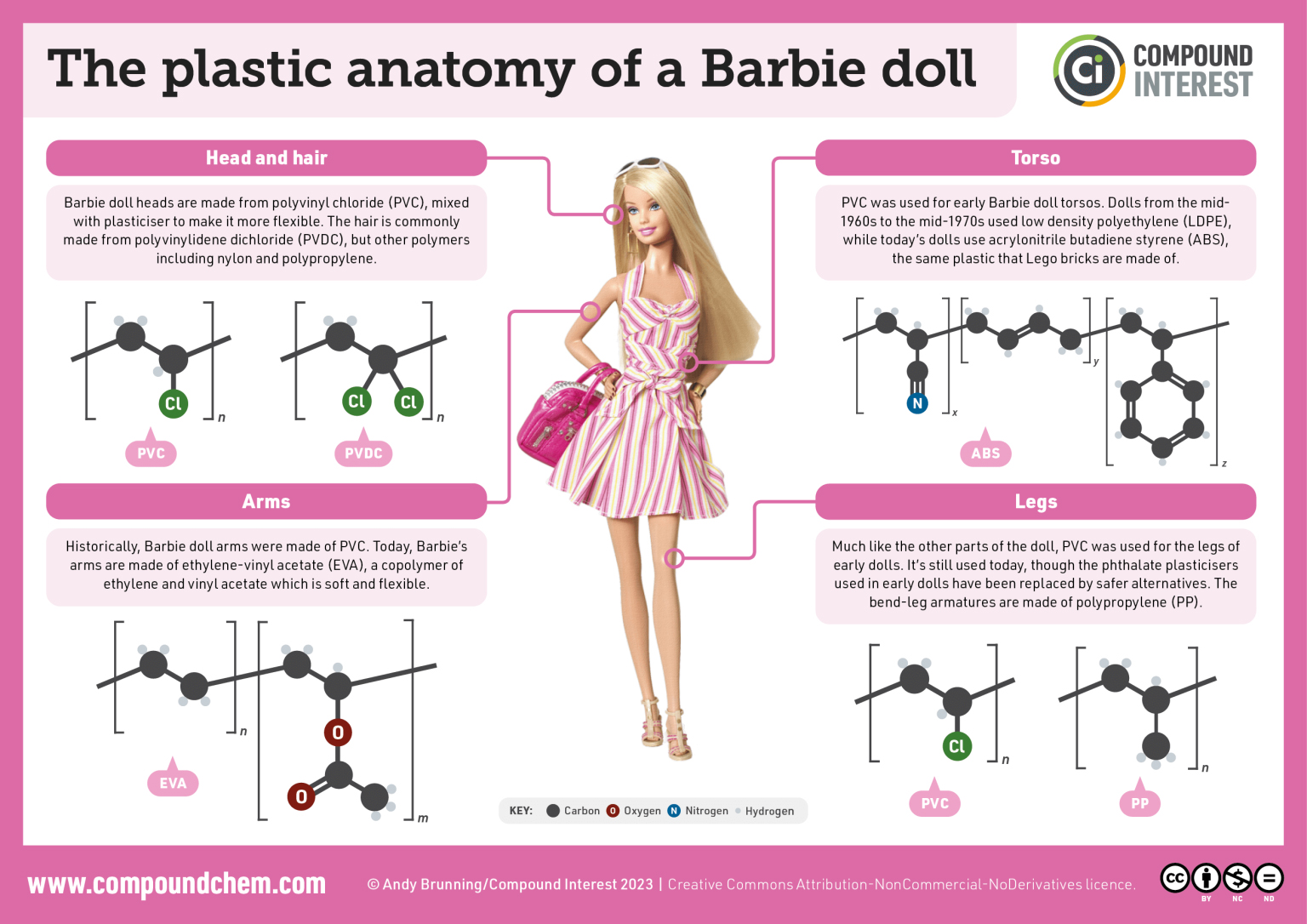Chapter 27: Polymers
Organic and Biochemistry Supplement to Enhanced Introductory College Chemistry
by Gregory Anderson; Jen Booth; Caryn Fahey; Adrienne Richards; Samantha Sullivan Sauer; and David Wegman
Chapter 27 Contents
- 27.1 Polymerization
- 27.2 Classification of Polymers
- 27.3 Polyethylene
- 27.4 Addition Polymerization
- 27.5 Rubber and Other Elastomers
- 27.6 Condensation Polymers
- 27.7 Properties of Polymers
- 27.8 Plastics and Recycling
- 27.9 Plastics and the Environment
- Chapter 27 – Summary
- Chapter 27 – Review
- Chapter 27 – Infographic descriptions
Except where otherwise noted, this OER is licensed under CC BY-NC-SA 4.0
Please visit the web version of Organic and Biochemistry Supplement to Enhanced Introductory College Chemistry to access the complete book, interactive activities and ancillary resources.
In this chapter, you will learn about:
- The two main processes of polymerization
- Different ways to classify polymers
- Properties of various polymers
- Common polymers and plastics
- The impact of plastics on the environment and how they are recycled
To better support your learning, you should be familiar with the following concepts before starting this chapter:
- Organic functional groups and their physical properties (Chapter 19: Organic Chemistry)
- Sigma and pi carbon-carbon bonds (Chapter 21.1 Valence Bond Theory)
Polymers are everywhere in our world: from the DNA that codes our bodies to the toys we play with to the medical equipment that provide lifesaving support. Even the foods we eat are formed of polymers. Can you think of where polymers are not used in our daily lives?
Watch From DNA to Silly Putty: The diverse world of polymers – Jan Mattingly – YouTube (5 min)
Video Source: TED-Ed. (2013, December 10) From DNA to Silly Putty: The diverse world of polymers – Jan Mattingly – YouTube [Video]. YouTube.
In this chapter, we will explore the formation of polymers and the different types of polymers. Plastics, a type of polymer, are everywhere and the impacts of plastics on our daily life, the environment, and our health are significant.
Watch A brief history of plastic – YouTube (5 min)
Video Source: TED-Ed. (2020, September 10). A brief history of plastic – YouTube [Video]. YouTube.
Spotlight on Everyday Chemistry: Superglue, Kevlar, and Barbie
There are thousands of examples of polymers in our world. Here are just three that you may not have thought of.
Superglue
Superglue is a polymer. The original compound reacts with water from the air to form an adhesive polymer. Infographic 27.0a. shows some of the details on how superglue works.

Kevlar
Kevlar is probably best known for stopping bullets in the form of a vest, but it has many other applications as well. It is a polymer formed from two monomers (starting molecules). Infographic 27.0b. shows the structure and usages of Kevlar.

Barbie
Toys are a very common use of polymers and plastics. A Barbie doll is made of several different plastics in order to provide the desired textures and flexibility needed for the toy. Infographic 27.0c. shows some of the types of plastics used to make various parts of a Barbie doll.

Attribution & References
Except where otherwise noted, “Chapter 27. Polymers” is written by Samantha Sullivan Sauer, CC BY-NC 4.0.

